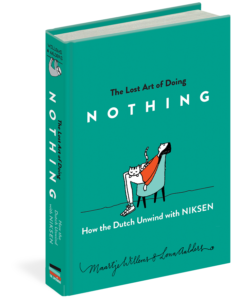 The Lost Art of Doing Nothing by Maartje Willems and Lona Aalders has finally arrived! We could all use some tips and tricks on unwinding and feeling better, and the Dutch have it figured out with niksen—perhaps their best-kept lifestyle secret. It’s the opposite of productivity, and it’s incredibly good for your mind, body, creativity, and wallet.
The Lost Art of Doing Nothing by Maartje Willems and Lona Aalders has finally arrived! We could all use some tips and tricks on unwinding and feeling better, and the Dutch have it figured out with niksen—perhaps their best-kept lifestyle secret. It’s the opposite of productivity, and it’s incredibly good for your mind, body, creativity, and wallet.
Read on for some exclusive tips from the book, available now!
***
Your child won’t stop texting you, you’re hurtling out of a work meeting and your head is spinning, and when you get home you have to produce yet another family dinner, take your pet hamster to therapy, and squeeze in a visit to the is the biggest obstacle to niksen. More and more often the “How are you doing?” is followed by “Are you busy?” Sometimes the latter replaces the former altogether. Everybody is busy, so you must be, too.
If you want time to do nothing, you have to set it aside in your head. You need to flip that switch: the famous off switch. Before you blow a fuse. The OFF switch! Because you can’t always be ON. The off switch is the final stop before burnout. STOP, another word for: Watch out!
Drop everything. Now.
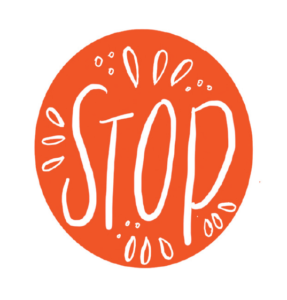
Stop praising the virtues of a full schedule
Nobody used to ask adults, let alone children, whether they were busy. But these days it’s not all that strange to ask a nine-year-old child whether they’re managing to fit it all in. Emotional exhaustion is being diagnosed in ever-younger people. In 2019, the Netherlands Youth Institute estimated that 4 to 8 percent of children aged eight to twelve suffer from anxiety or mood disorders. We need to halt this train!
You can start by not overfilling your schedule and by creating a bit of space for niksen instead. When you make plans, ask yourself: Do I really need to do this? When the answer is no: Drop it. Don’t meet up with people you don’t like; don’t systematically work overtime. We allow our schedules to dictate the way we live our lives. Some people even plan their hedonism. Working people go absolutely berserk on the weekends so they can be their usual well-behaved selves when they go back to the office on Monday morning.
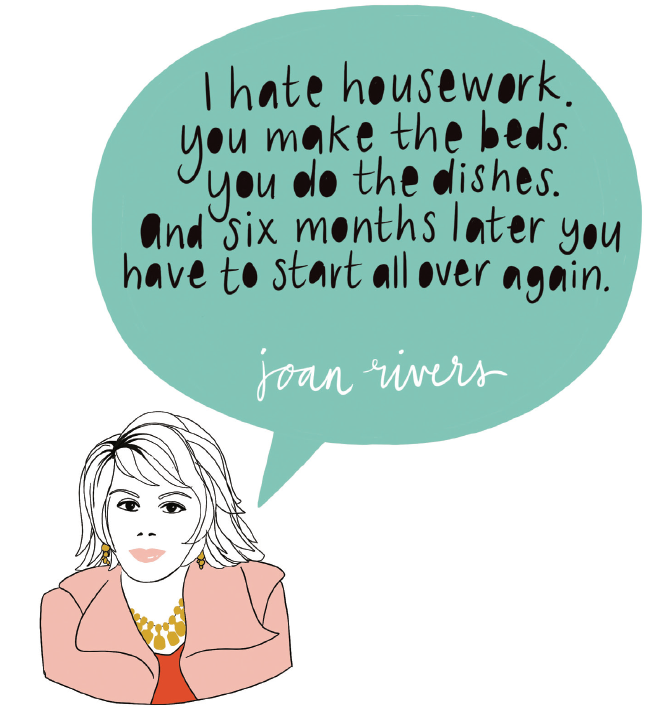
One step at a time
Human beings take their time to learn to walk, well over a year. Babies might be able to see everybody running around all day, but they’re too busy with other developments. They need to accept the fact that they won’t be carried around for the rest of their lives! Under huge social pressure, they take their first tentative steps. At first, a child waddles like a drunk sumo wrestler, and when they’re fed up or tired they’re carried again. It will likewise take some time, but we can turn doing nothing into a habit that’s stored in our body and becomes a procedural memory, which—like walking—we never forget.
Don’t expect immediate results. You won’t just fall into blissful, stimulus-free Zen moments. It takes time to grow this skill. At first, try for a brief moment every day. Sit down and don’t come up with a dozen new tasks to complete. Look around you. And if you don’t manage to settle into doing nothing, don’t sweat it. It’s okay to fail and attempt it again tomorrow. If you do achieve a moment of niksen, try to make this moment last a little longer each time.
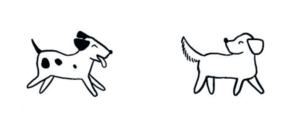
There’s no need to immediately find a particular outlet for doing nothing. For some it takes the shape of doodling, for others it’s staring out the window. If it’s totally meaningless, it’s niksen.
Feel your muscles
It helps to learn how to put the brakes on your runaway train of thought. Stopping it completely is hard, but at the very least you can slow it down. Anyone who’s ever done yoga knows that the end relaxation often consists of appreciating the body you’ve just put through a workout. The instructor will encourage you to release the tension from your body by observing all of your muscles. You can visualize them as valves and open them to let out the tension like air from a balloon. If you’re unable to switch off your thoughts, try to return to the here and now by flexing your muscles one by one and then relaxing them again.
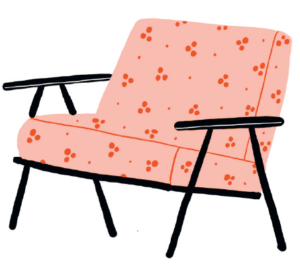
Give your emotions a place
If you’re not in touch with your body, you can check in with your emotions. What’s that tight knot in your stomach? Is it anger? Or is it another emotion? What exactly does it feel like, where does it begin and where does it end? Don’t try to put the feeling into words and don’t try to find a cause. Concentrate long enough and it will take on another form. With a bit of luck that emotion will shrink and eventually disappear.
***
We hope you enjoyed this exclusive preview of The Lost Art of Doing Nothing, out today. Click the below banner to learn more!



